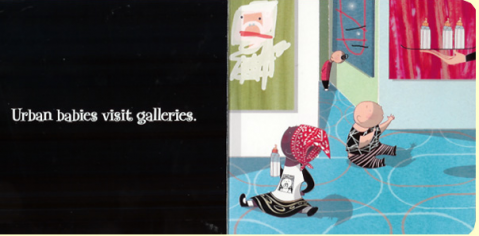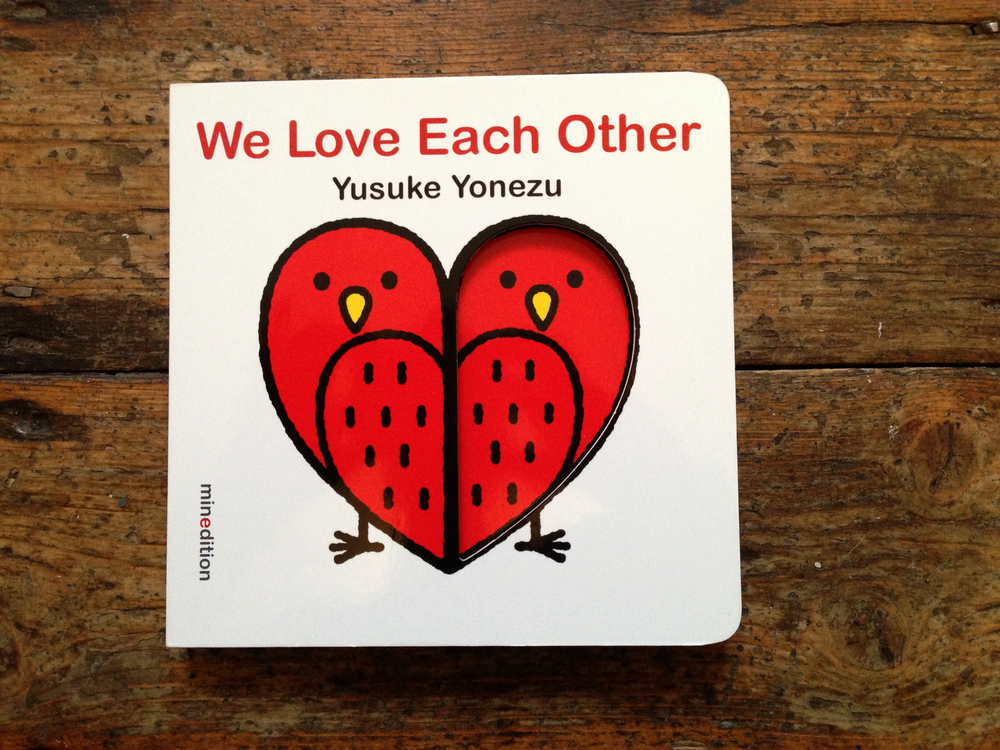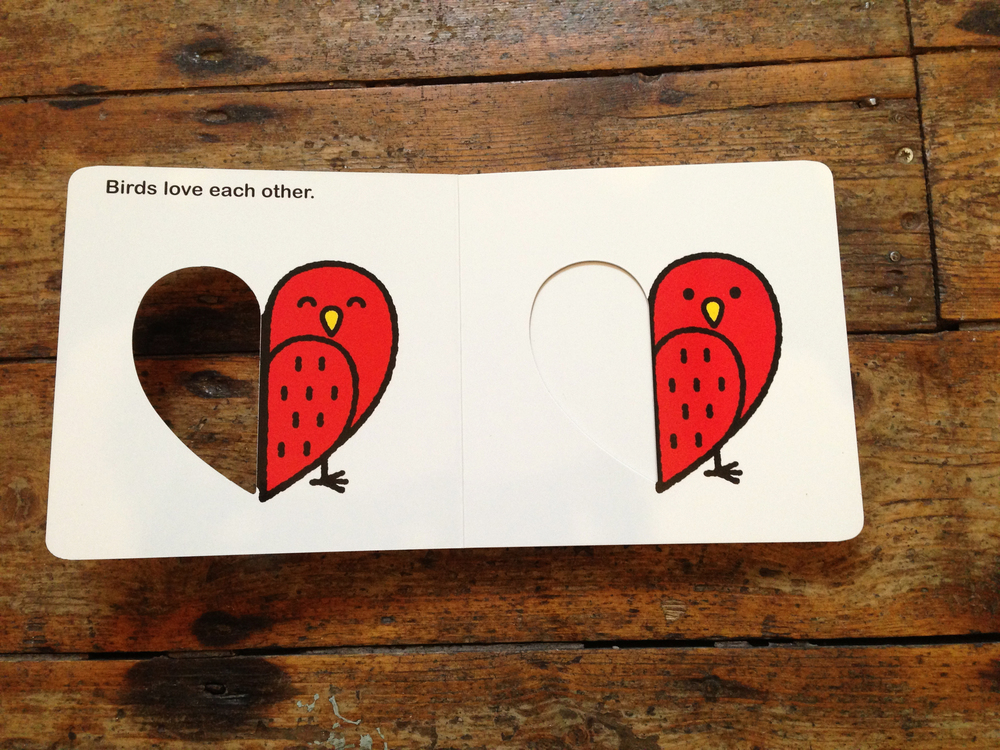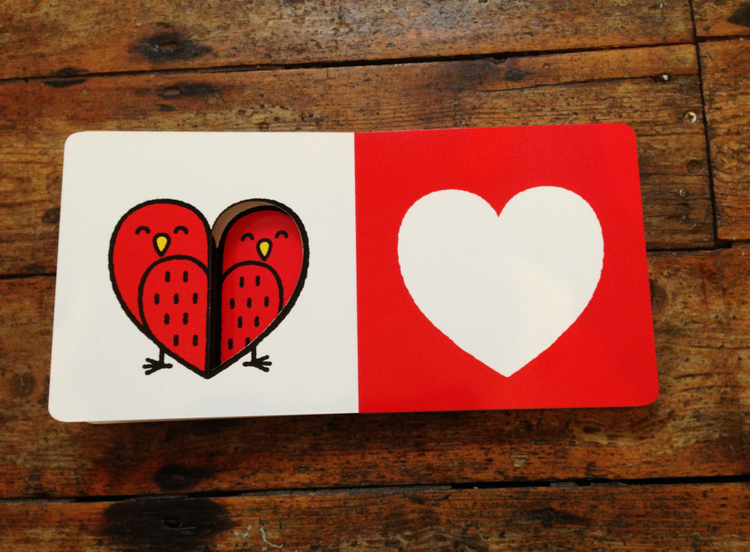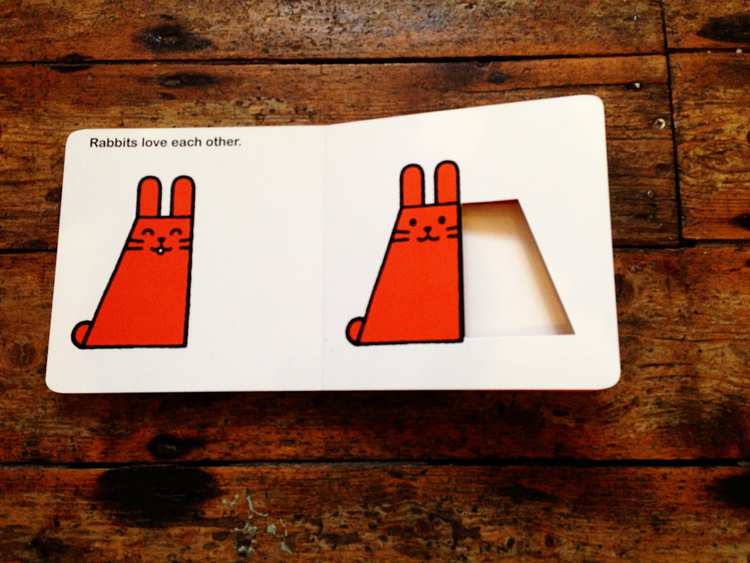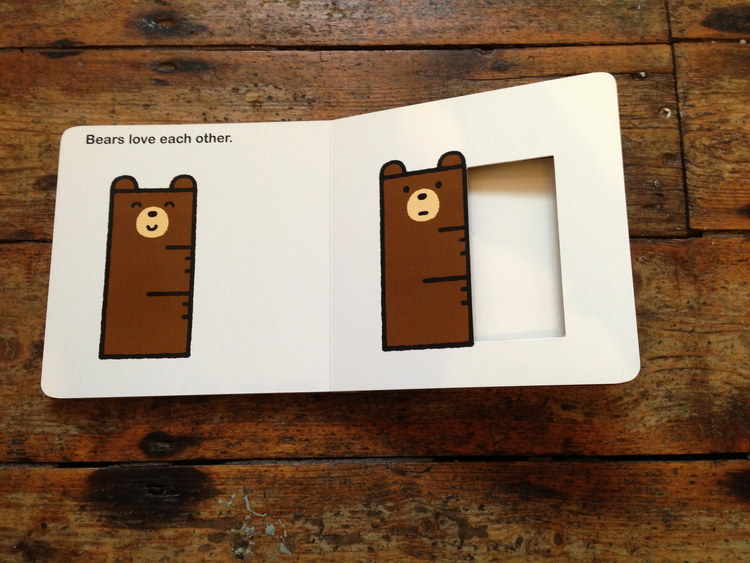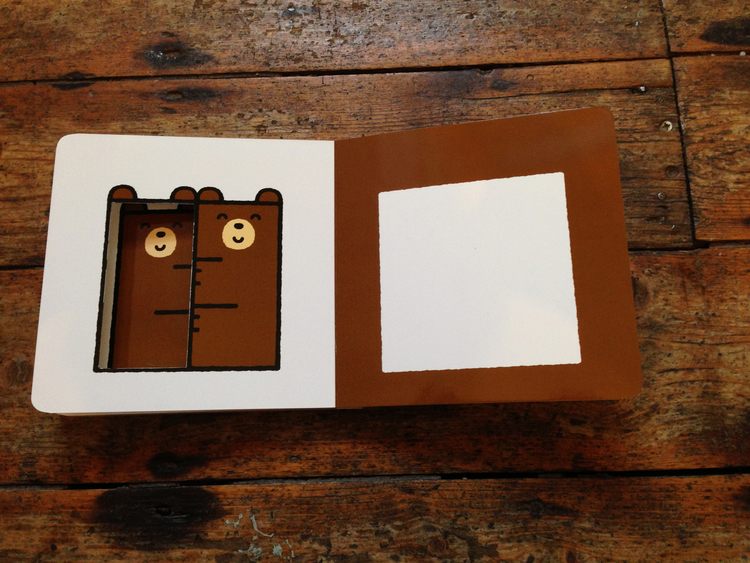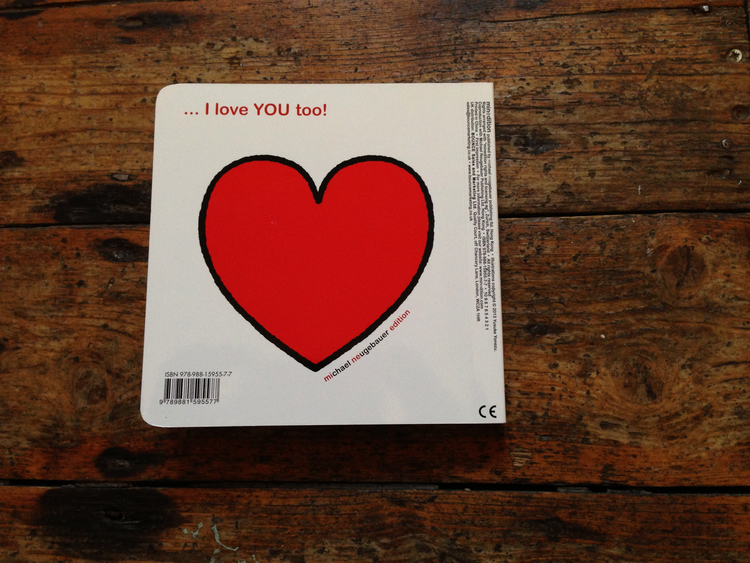The website lets you look at all of the available designs and you can zoom in to see the different patterns. We have the design you see here to the right, "black." They're named after the outside color/design.
It has several pockets, and we use the inside zip pocket for wipes and the mesh pocket (with velcro to open and close) for diapers. The website says you can use the outer pocket for wallets and keys and things, but this is where our older child's head rests during the diaper change, and my keys do just fine in my pocket.
As I said earlier you can change your child's diaper anywhere you need to with this product, as evidenced by all the different places I've done it myself. We tend to use it even when there is a diaper station in a public bathroom because who knows what happens on those things in some of these bathrooms. It turns the trunk of my car into a changing station, the floor of an empty classroom Now that we have two children, sometimes one is napping in the bedroom with the changing table so I'll use it right in the living room.
The steps are easy. Unclip it to open and fold out all the way. Unzip the pocket and take out the wipes and a fresh diaper. I aim my child's bum right at the center of the part that unfolds so there is as much material all around him/her. My son is big enough now that the mat doesn't overlap completely anymore, and there was a period of time when his head lined up with a scratchy piece of velcro on part of it, but laying him down at a slight angle solved the problem. The mat folds easily again, and that piece of velcro keeps the changing area folded while you clip it closed completely. If you want to clip it to your belt or to a backpack or stroller or whatever there's a separate loop and clip, and the whole thing has enough of what you need
Really the mat serves two purposes depending on where you are. If you're on the floor of a Dunkin' Donuts bathroom it protects your child from the outside germs, but in the trunk of your car it protects the trunk from the germs in the diaper. I can think of one time in particular when my there was a messy diaper that had leaked out onto clothes and my trunk was full; I had to change the diaper in the back seat of my car and the Pronto! mat kept it clean through the whole ordeal.
Really the mat serves two purposes depending on where you are. If you're on the floor of a Dunkin' Donuts bathroom it protects your child from the outside germs, but in the trunk of your car it protects the trunk from the germs in the diaper. I can think of one time in particular when my there was a messy diaper that had leaked out onto clothes and my trunk was full; I had to change the diaper in the back seat of my car and the Pronto! mat kept it clean through the whole ordeal.
The bottom line: we love this product.
And a reminder, this is not a paid endorsement of this product. I don't get anything from Skip * Hop for writing this, this is just my opinion on one of their products. I haven't tried any other portable changing stations to compare this to because I haven't needed any others. After almost three years of heavy use it shows no real signs of wear.





